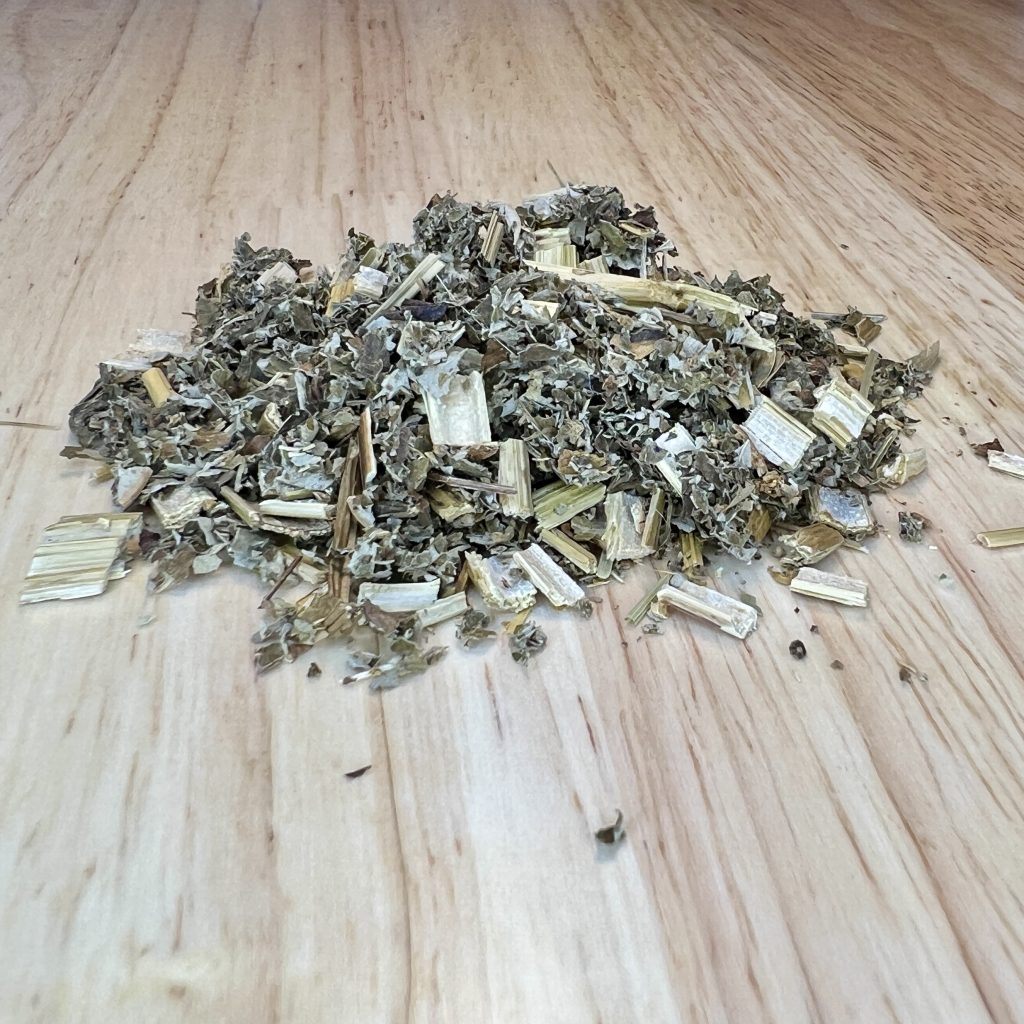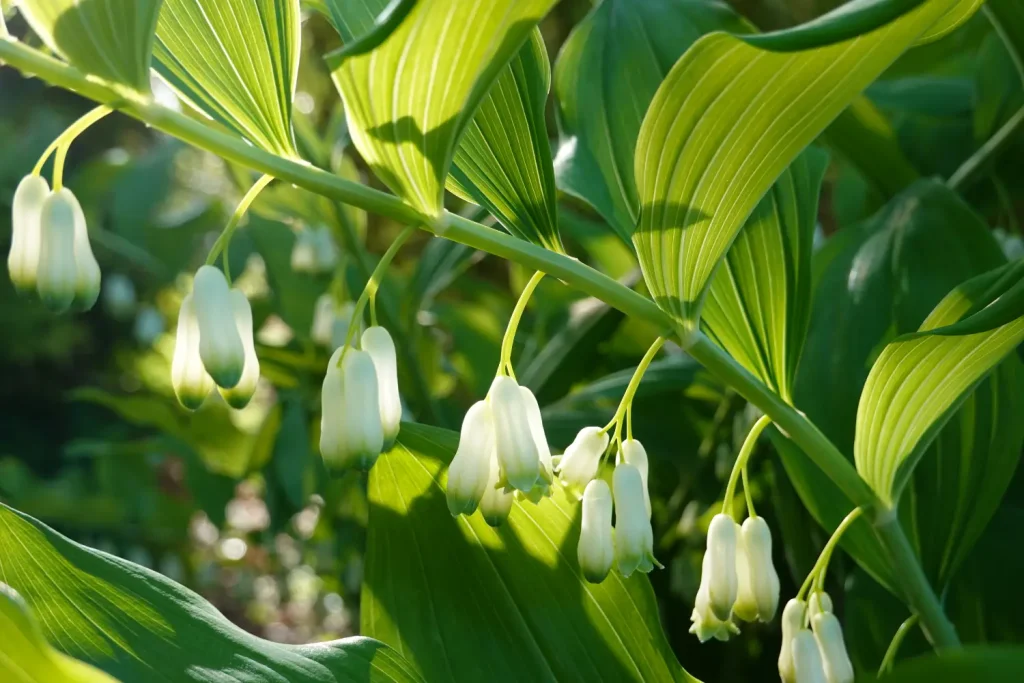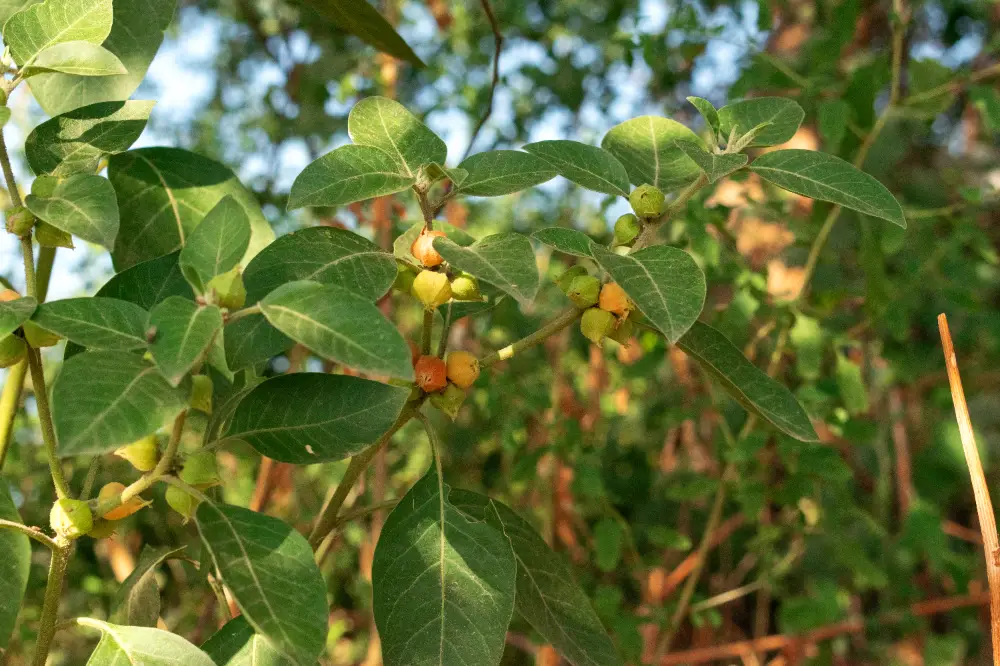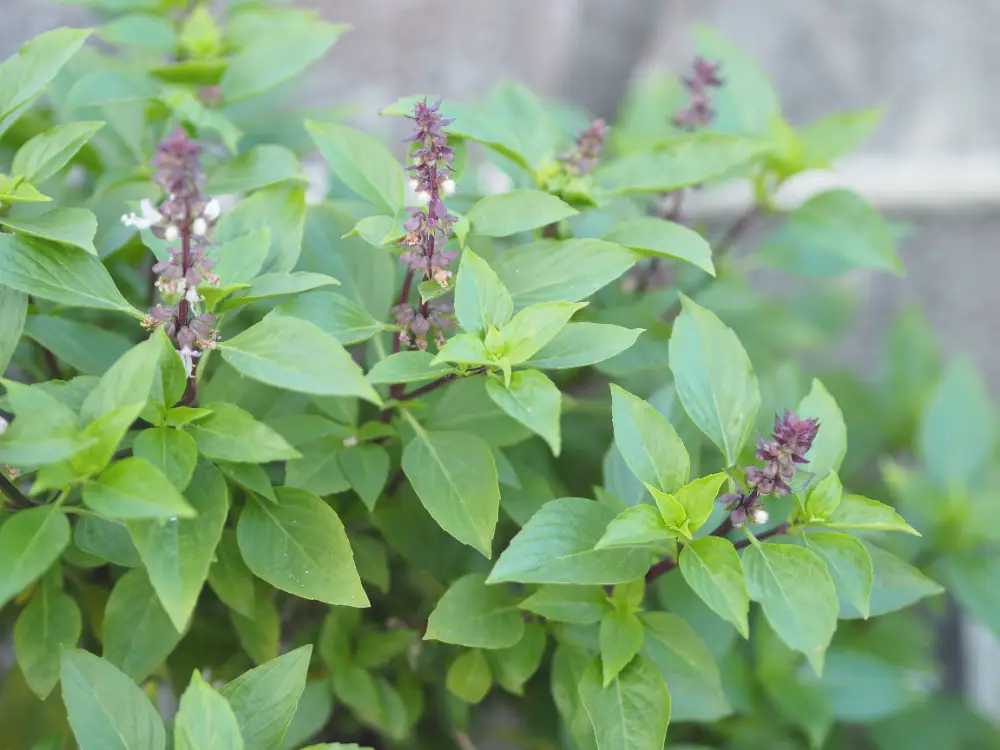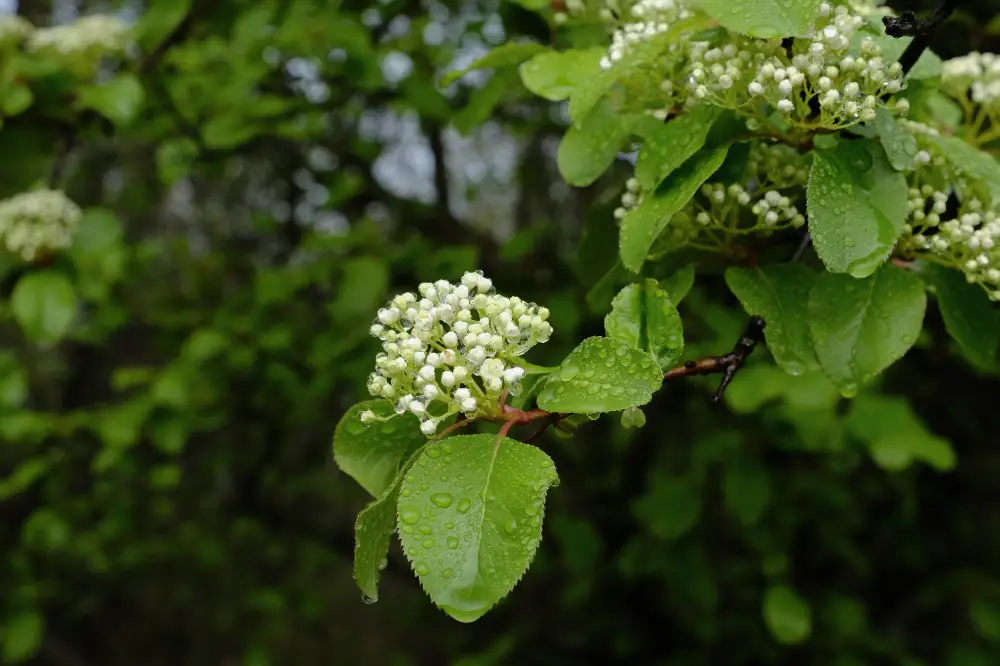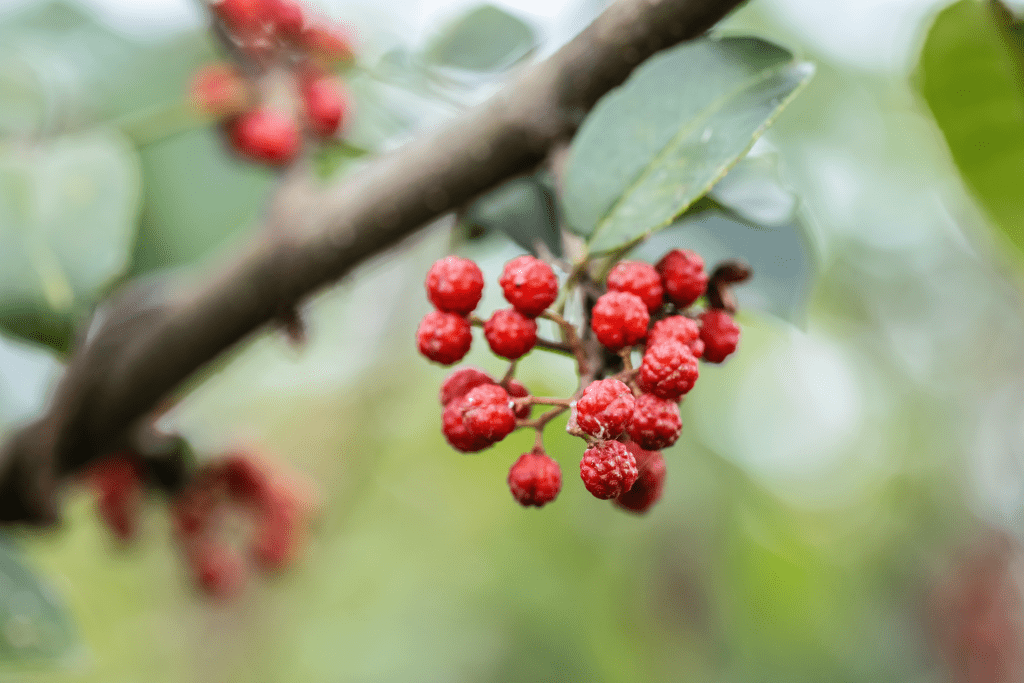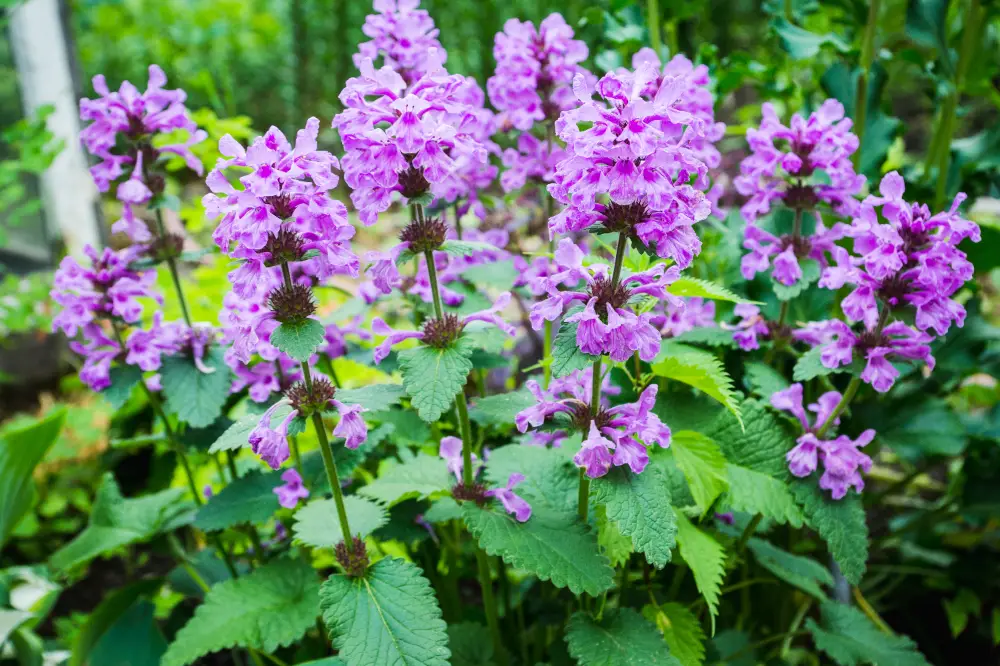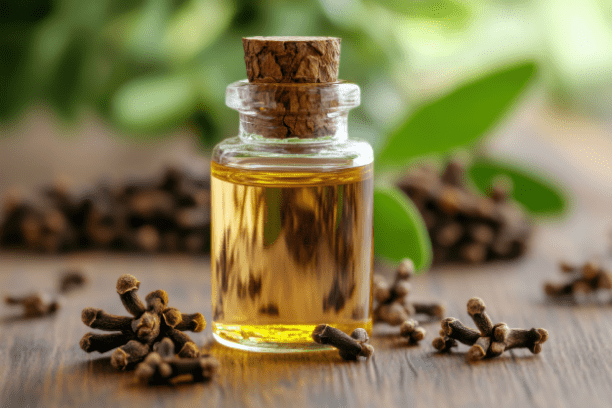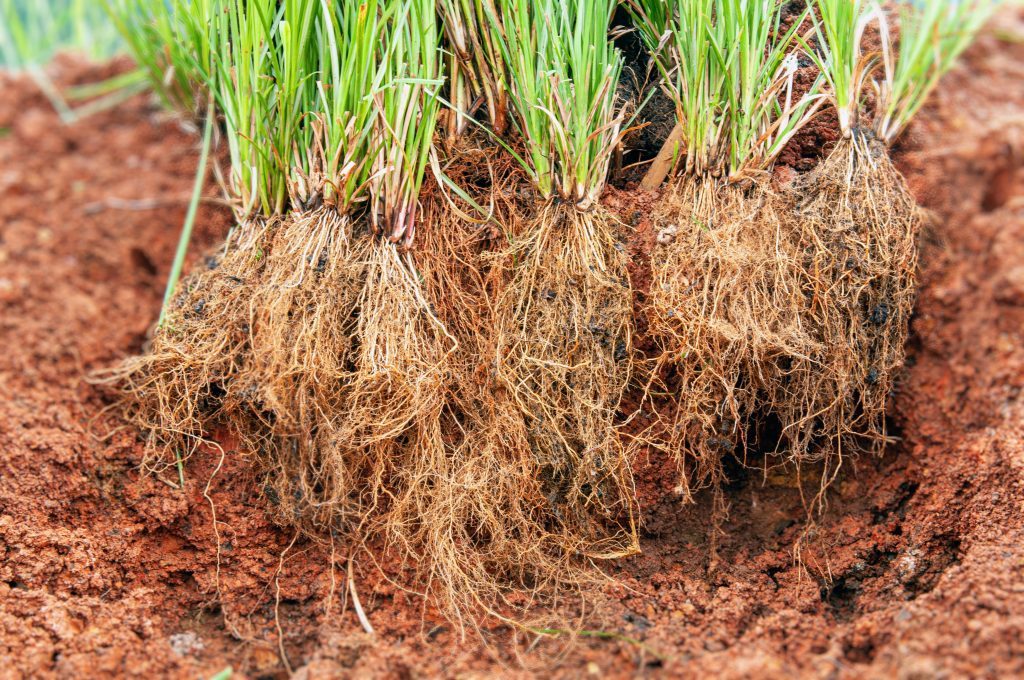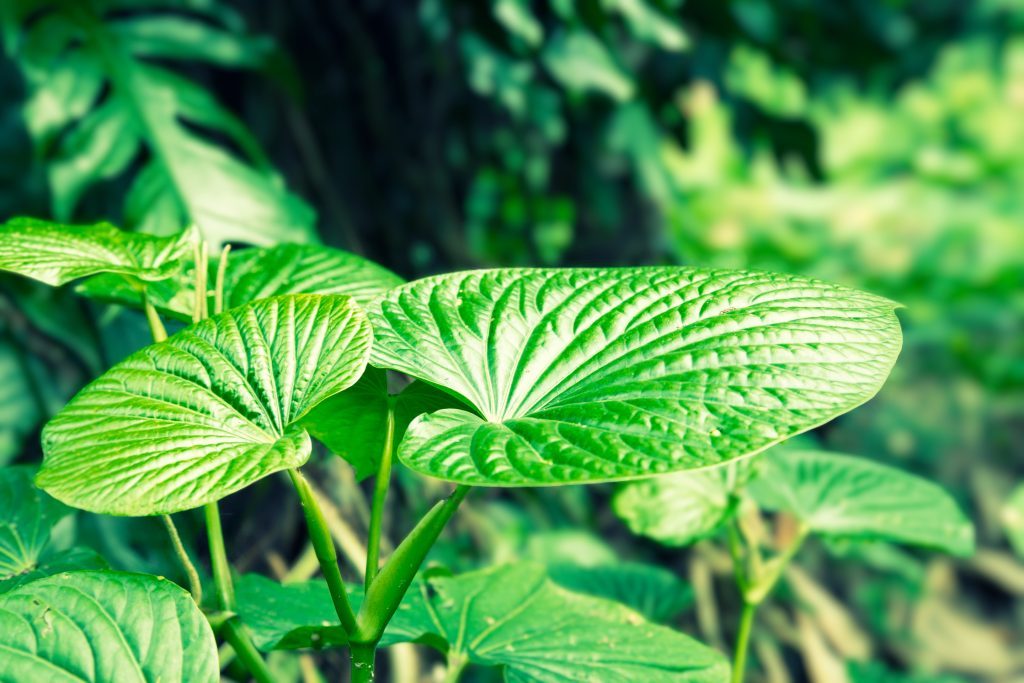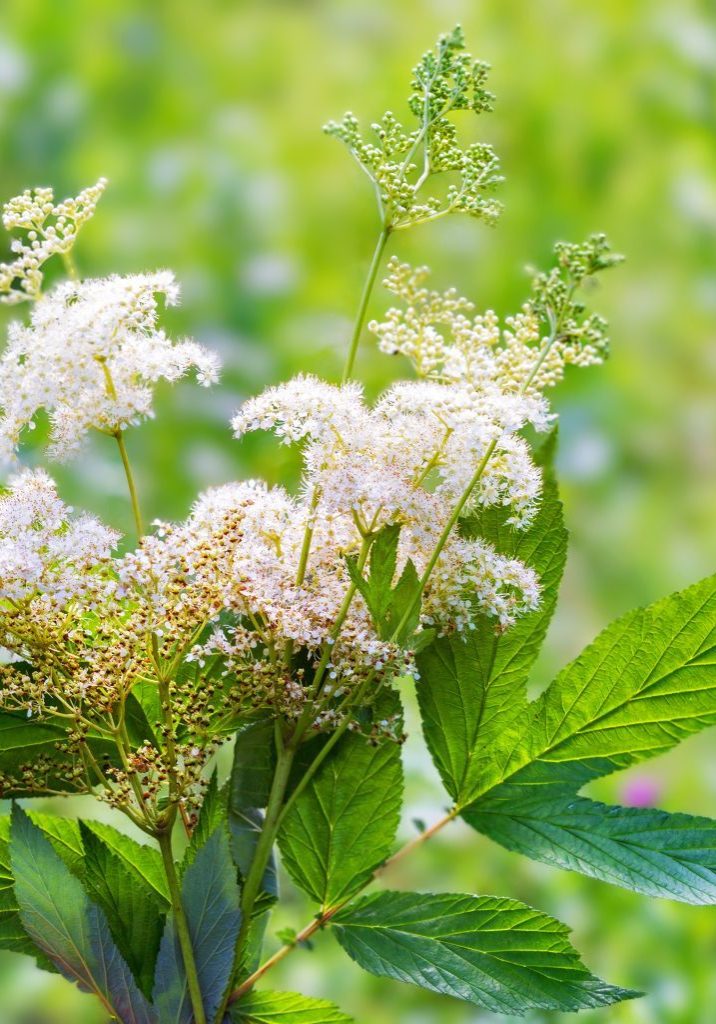
Meadowsweet
Filipendula ulmaria *formerly Spiraea ulmaria
Rosaceae (Rose Family)
“Nature’s Aspirin: Soothing Inflammation, Easing Pain, and Promoting Digestive Wellness.”
Other names:
Queen of the Meadow, Meadowwort, Bridewort
Superpower
The ability to reduce inflammation and ease pain, particularly in cases of fever, headaches, and joint pain. It is known as “nature’s aspirin” because it contains salicylates, compounds that are precursors to aspirin, but without the harsh effects on the stomach.
Uses
Pain Relief: Meadowsweet has been used for centuries in European folk medicine to treat headaches, fevers, and arthritis. It was a common remedy for joint pain and rheumatism, thanks to its natural content of salicylates.
Digestive Soother: Traditionally, Meadowsweet was used to treat gastric ulcers, indigestion, and heartburn. It was recognized for its ability to reduce stomach acidity while providing a soothing effect on the digestive tract.
Fever-Reducing: Meadowsweet was also commonly used to bring down fevers in cases of colds or flu. Its combination of anti-inflammatory and fever-reducing properties made it a staple in herbal remedies for respiratory illnesses.
Current Uses:
Anti-inflammatory and Analgesic: Meadowsweet remains a popular natural remedy for conditions involving inflammation and pain, such as arthritis, headaches, and fevers. It is often used as a gentler alternative to aspirin, providing similar benefits without the stomach irritation commonly associated with synthetic forms of the drug.
Digestive Aid: Meadowsweet is still widely used today for its role in balancing stomach acidity and treating acid reflux, heartburn, and gastritis. Its ability to soothe mucous membranes and promote healthy digestion makes it a valuable herb for digestive wellness.
Urinary Health: Modern herbalists use Meadowsweet to support urinary tract health, particularly in cases of inflammation or infection of the bladder or kidneys. Its mild diuretic properties help to flush out toxins while soothing irritation.
Cautions
Toxicity:
- Generally safe when used at appropriate doses, with potential for minor gastrointestinal upset.
Contraindications:
- Aspirin Sensitivity: Avoid Meadowsweet if you have a known allergy or sensitivity to salicylates.
- Pregnancy and Breastfeeding: Should be avoided due to the salicylate content.
- Children: Caution is advised in children with viral infections like the flu due to the theoretical risk of Reye’s syndrome.
Interactions:
-
- Use caution with anticoagulants, salicylate-containing substances, and medications such as:
- Alcohol, barbiturates/sedatives, methotrexate, spironolactone, phenytoin, and valproate.
- Meadowsweet may also enhance the risk of bleeding when taken with blood-thinners or NSAIDs.
- Use caution with anticoagulants, salicylate-containing substances, and medications such as:
Known Chemical Constituents
Salicylates:
-
- Salicylic acid, methyl salicylate, salicin: These compounds contribute to Meadowsweet’s anti-inflammatory and pain-relieving properties, similar to aspirin.
Flavonoids:
-
- Quercetin, Kaempferol, Tiliroside, Spiraeoside, Tellmagrandine II, Astagalin 2″-O-gallate, Hyperoside 2″-O-gallate, Isoquercitrin 2″-O-gallate: These compounds provide antioxidant support, reduce inflammation, and contribute to cardiovascular health.
Tannins:
-
- Known for their astringent properties, helping to tone tissues and reduce digestive inflammation.
Phenolic Acids:
-
- Caffeic acid, Chlorogenic acid, Coumaric acid, Coumarins: These compounds help with immune health, reducing inflammation and acting as antioxidants.
Volatile Oils:
-
- Salicylaldehyde, Methyl salicylate: Contribute to the herb’s soothing and pain-relieving effects.
Mucilage:
-
- Provides soothing and demulcent effects, particularly for digestive health.
Minerals:
-
- Copper (Cu), Magnesium (Mg), Zinc (Zn): These minerals support metabolic and immune functions, contributing to the herb’s nourishing qualities.
Botanical Description
Growth Habit:
Meadowsweet is a perennial herb that typically grows up to 1.5 meters (5 feet) in height. It has an upright growth habit with multiple stems rising from the rhizome.
Leaves:
The pinnately compound leaves are dark green on top and paler underneath, with a serrated margin. The leaves have a characteristic almond-like scent when crushed, adding to the plant’s aromatic qualities.
Flowers:
The flowers are small, white, or cream-colored, growing in dense clusters at the top of the stems. They bloom from June to September, giving off a sweet fragrance. The flowers are the source of the plant’s medicinal salicylates.
Roots:
The roots of Meadowsweet are rhizomatous, allowing it to spread and form clumps in its natural habitat.
Fun Facts
Meadowsweet was instrumental in the development of aspirin! In the 19th century, scientists isolated salicylic acid from Meadowsweet and willow bark, which led to the creation of acetylsalicylic acid—the active ingredient in modern aspirin. The name “aspirin” is even derived from the plant’s old genus name, Spiraea.
Parts Used
Aerial
Harvest
Timing:
- Flowers are best harvested during their peak bloom in mid-summer (usually from June to August). This is when they contain the highest levels of medicinal compounds, particularly salicylates and volatile oils.
- Leaves can be gathered at the same time as the flowers, though they are often less potent medicinally.
- Roots are harvested in the autumn after the plant’s energy has moved downward to support the rhizomes. The roots are less commonly used but have some astringent and anti-inflammatory properties.
Method:
- Use scissors or pruners to carefully snip off the flowering tops without damaging the plant. It’s best to harvest on a dry day to avoid moisture that could cause mold during drying.
- For roots, carefully dig around the base of the plant and lift the rhizomes. Clean them thoroughly before drying.
Storage:
- After harvesting, flowers and leaves should be dried in a cool, well-ventilated, and shaded area to preserve their medicinal properties. Store them in airtight containers, away from direct sunlight and moisture.
- The dried flowers are most potent when used within one year, while roots, if harvested, can last up to two years.
Preparations
Teas/Infusions: Used for digestive support, fevers, and pain relief.
Tinctures: For joint pain, inflammation, and digestive issues like acid reflux.
Poultices: Applied topically to treat skin irritations and inflammatory conditions.
Syrups: Used to soothe sore throats and coughs.
Capsules: Taken as a supplement for pain relief and inflammation.
Sacred Rituals
In Celtic tradition, Meadowsweet was considered one of the sacred herbs. It was often strewn in homes or during ceremonies to cleanse and purify spaces, bringing a sense of calm and peace to those who entered.
Affirmations
“I embrace balance and peace, knowing that my body has the wisdom to heal and restore itself.”
Spiritual Associations
Associated with protection, purity, and healing. It has been used in spiritual and ritualistic practices to bring clarity, promote love, and encourage harmony in relationships. The plant’s connection to healing the body and mind translates into its use in rituals aimed at emotional release and balance.
Functions
An analgesic is a substance that relieves pain by reducing the perception of pain signals or alleviating discomfort without causing a loss of consciousness.
Anti-inflammatoryA substance or agent that reduces inflammation in the body, soothing irritation, swelling, or redness in tissues.
Anti-rheumatic
A substance or agent that helps prevent, alleviate, or manage symptoms of rheumatic conditions, including joint inflammation, stiffness, and pain.
AntimicrobialA substance or agent that inhibits the growth of or destroys microorganisms, including bacteria, viruses, fungi, and protozoa.
AstringentA substance or agent that causes contraction or tightening of tissues, often reducing secretions or bleeding.
Carminative
A substance or agent that helps relieve gas, bloating, and discomfort in the digestive system by promoting the expulsion of gas and soothing the digestive tract.
DiaphoreticA substance or agent that promotes perspiration, helping the body regulate temperature, detoxify, and respond to fevers.

